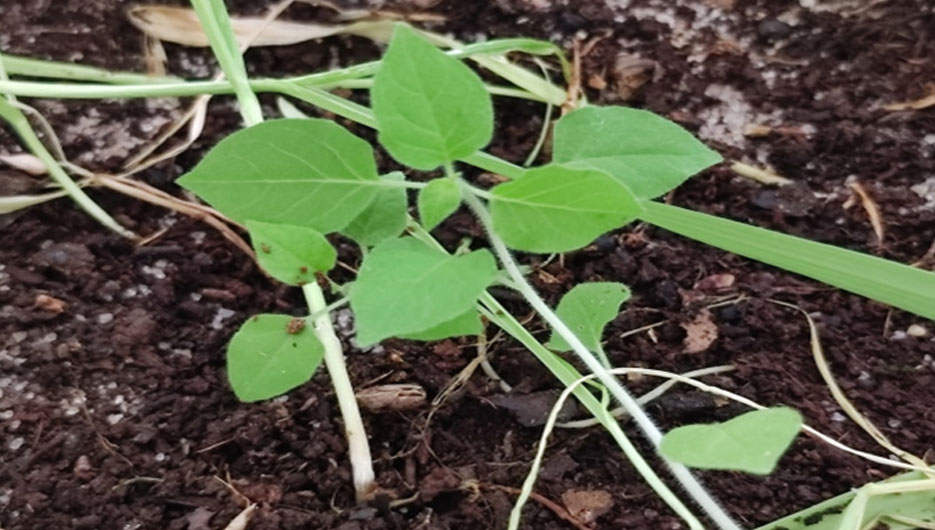
Arbuscular mycorrhizal-like fungi (AM-like fungi) are crucial for ecosystem functioning and soil organic matter (SOM) is an indicator of soil quality. However, the spatial distribution of arbuscular mycorrhizal-like fungi, glomalin-related soil protein (GRSP) and SOM in a large scale is still unclear. The objectives of this study were to investigate the spatial distribution of SOM, arbuscular mycorrhizal-like fungi and GRSP, and reveal the potential relationship among them in a large scale across China.
For this purpose soil samples (different in vegetation type, climate, and soil variables) were collected from 26 sites in a large scale across China. The soil properties including pH, total carbon (TC), total nitrogen (TN), and SOM were determined. Quantitative PCR amplification of the 18S rRNA gene was conducted to evaluate the abundance of arbuscular mycorrhizal-like fungi. The contents of easily extractable GRSP (EE-GRSP), difficultly extractable GRSP (DE-GRSP), and total GRSP (T-GRSP) were measured.
The results showed that the rbuscular mycorrhizal-like fungi abundance was significantly affected by the vegetation type and dramatically correlated with the soil TN and mean annual precipitation (MAP). EE-GRSP and DE-GRSP were more associated with the TC and TN content, respectively. The abundance of arbuscular mycorrhizal-like fungi significantly but weakly correlated with the T-GRSP and EE-GRSP. The SOM content positively correlated with the DE-GRSP and T-GRSP.
These results suggest that the arbuscular mycorrhizal-like fungi are a larger contributor to regulating the content of GRSP, which is an important indicator of the soil organic carbon pool. Conclusions: The results indicate that arbuscular mycorrhizal-like fungi abundance has a greater contribution to driving the distribution of soil C and N in a large scale by affecting the content of glomalin-related soil protein.
Li, X., Han, S., Luo, X; Chen; W & Huang, Q. 2020. Arbuscular mycorrhizal-like fungi and glomalin-related soil protein drive the distributions of carbon and nitrogen in a large scale. J Soils Sediments 20, 963–972. https://doi.org/10.1007/s11368-019-02421-4


